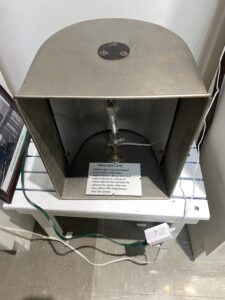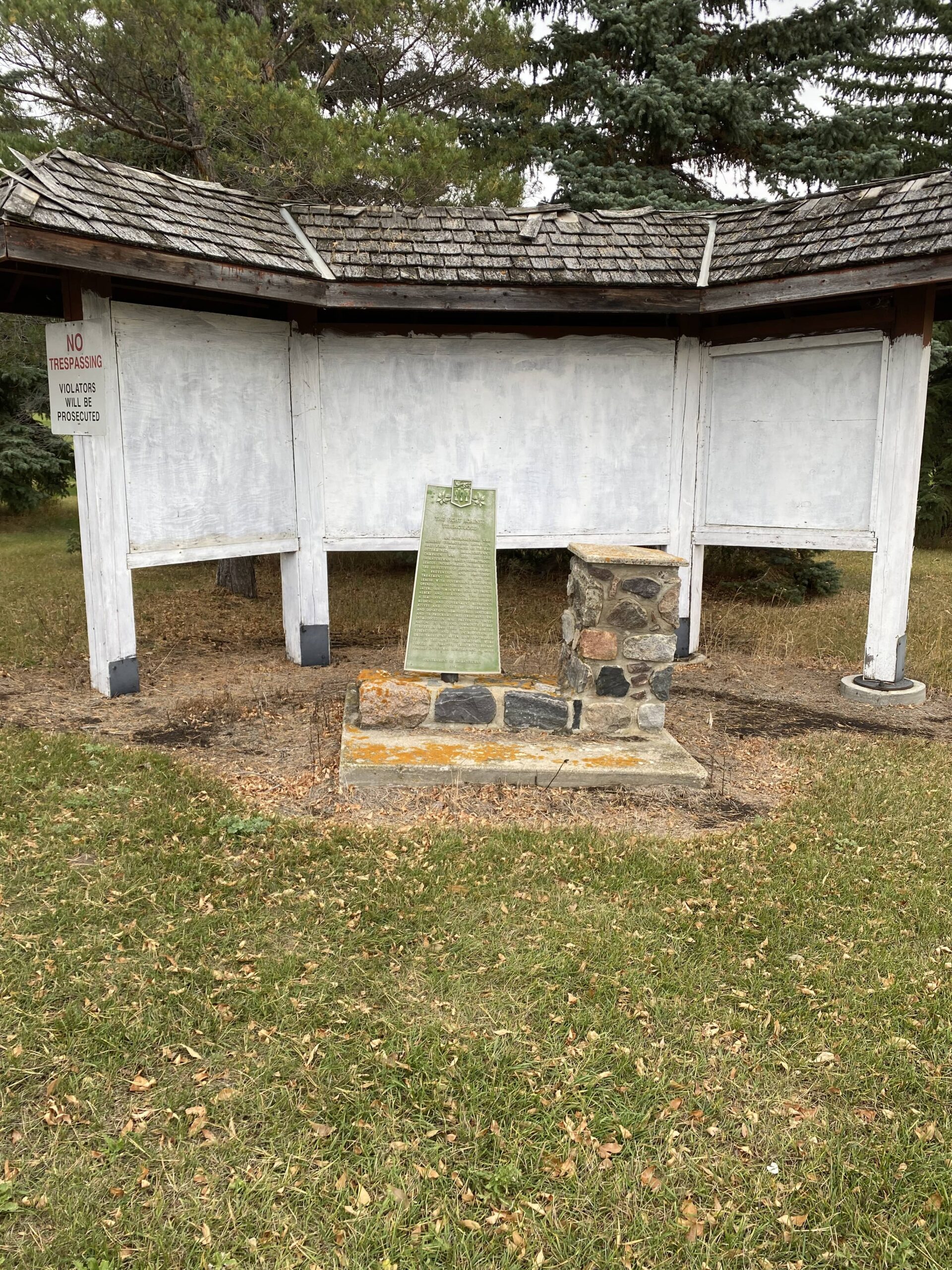Six years after the demolition of the Fort Sanitorium, residents of Fort Qu’Appelle reflect on the devastating impact tuberculosis left on patients, staff and visitors.
“Many patients did not survive – when mom was admitted, she saw it as a death sentence because she knew so many never made it out.” says Paula Leach, whose mother was admitted to the hospital, “My family held a gathering at our house the night before my dad drove her to Fort San from Regina, so that everyone could say goodbye to her and take pictures to capture the moment. She was pregnant with her first child, who was born in the hospital and was taken from her for the first several months of his life. It was very sad.”
Established on October 10, 1917, the Fort Sanitorium tuberculosis hospital was built as a part of the Anti-Tuberculosis League of Saskatchewan. Over the course of 54 years, the hospital worked to develop treatments and heal those inflicted with the disease, admitting over 15,000 patients. Under the supervision of Dr. Robert George Ferguson, patients received treatment, rest and food.

Tuberculosis, as described by Mayo Clinic, is a hyperactive illness that is spread through tiny droplets spread through the air, much like the common cold. Focusing on the lungs, the illness goes through three stages, varying in symptoms. The first two stages are subtle enough to be dismissed, the symptoms resembling a common cold, whereas the third stage displays much more serious symptoms such as coughing up blood, chest pain and weight loss. By the third stage, it is not uncommon to find tuberculosis bacteria in other parts of the body, including heart muscles, bones and liver. Today, the illness is preventable through a vaccine.

Without the modern medicine we have today, the staff at Fort Sanatorium struggled to care for the patients, often taking care of 358 patients at one time, with deaths so frequent a number couldn’t be properly recorded. Fresh air and exercise were the main methods of treatment, in addition to bedside care. As the most advanced tuberculosis hospital in Saskatchewan, the hospital also provided treatment through mercury lamps and x-ray treatments that utilized radiation to reduce the effect of the bacteria. For those who survived, recovery was slow, long and not without tribulations.
“It was a miracle, she felt,” recalls Leach, “She did have a collapsed lung that she lived with for the rest of her life, but she could live with that.”

As patient numbers began to dwindle with the advances in medicine, Fort Sanatorium closed its doors as a hospital in the 1970’s, resulting in the loss of 23 jobs. The building would then rebrand itself initially as a summer school for the arts, before transforming into a sea cadet training facility, and finally a government conference center.
The remnants of anxious patients and overworked staff lingered beyond the closing of the hospital, terrorizing those who dare step foot on the grounds. Countless reports of hauntings grabbed the attention of many, further adding to the notoriety of the former hospital.
“Nurse Jane and the caretaker are the only consistent spirits ever documented throughout history,” says Michael James Lee, former security guard of the building and current member of the Stillwalker Society, who conducted a ghost hunt in Fort Sanatorium in 2009. “Nurse Jane has been seen by many people, usually females. She appears in windows, sometimes walking down the halls in the middle of the night. She doesn’t like to be recorded on audio and we even found evidence on where she commit suicide. The legend goes that she was distraught, though it’s not clear why, and she commit suicide on the grounds.”
“Next is the caretaker, he’s a bit of a troublemaker, particularly when the sea cadets were staying there,” remarks Lee with a laugh, “he liked to hang out on the second floor, west wing bathroom, and people used to see him on a regular basis – there used to be reports of people going upstairs and asking of this old caretaker and they’d turn around and he’s gone. We left a few things out of place in the bathroom, we took a roll of toilet paper and threw it on the floor, and sure enough came back an hour later and it was gone.”

In 2007, the Fort Sanatorium building and the ground it stood on was sold to the government and declared a Municipal Heritage Property. In 2019, the building was demolished, a plaque left in its place to ensure the memory of Fort Sanatorium and the service it provided.













